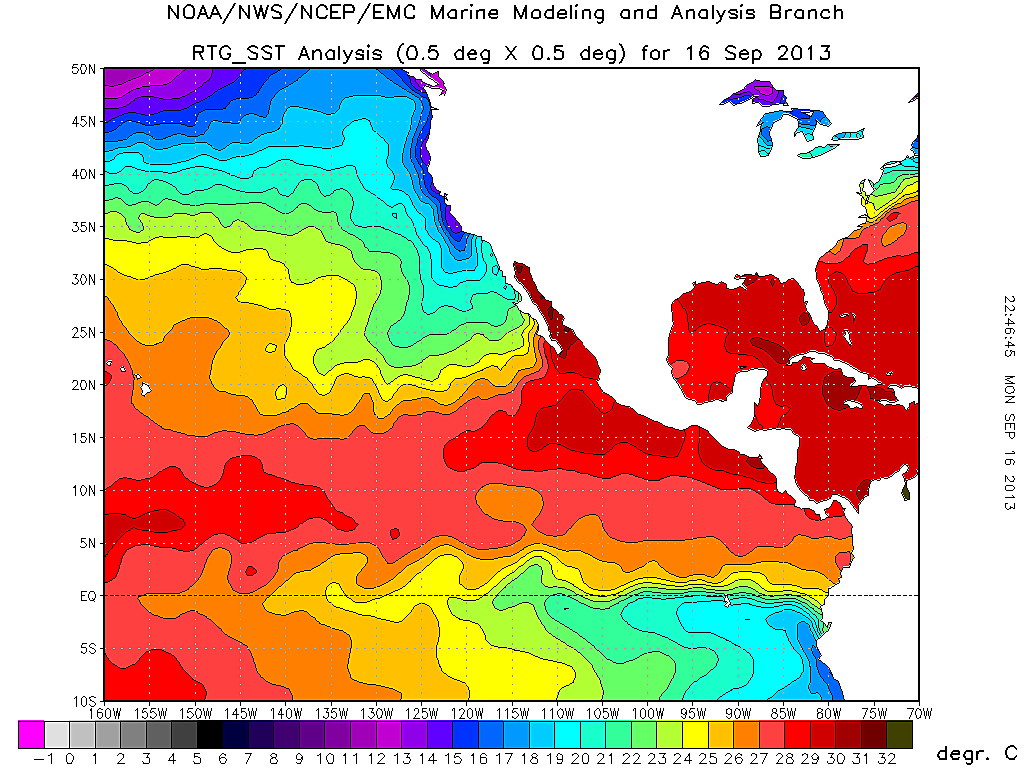Diathermancy on:
[Wikipedia]
[Google]
[Amazon]
Diathermancy (from "dia" ''through'' and "thermē" ''heat'') is the property of some fluids that allows rays of light through them without itself being heated. A diathermanous substance is thus "
/ref> Air ''is'' diathermanous; therefore atmospheric air ''is not'' heated by
 Atmospheric heat comes from long-wave radiation from the soil and, mostly, from the water surface (oceans, lakes, rivers), because water is a not diathermanous body and covers three quarters of Earth's surface. Diathermancy cause
Atmospheric heat comes from long-wave radiation from the soil and, mostly, from the water surface (oceans, lakes, rivers), because water is a not diathermanous body and covers three quarters of Earth's surface. Diathermancy cause
permeable
Permeability, permeable, and semipermeable may refer to:
Chemistry
*Semipermeable membrane, a membrane which will allow certain molecules or ions to pass through it by diffusion
*Vascular permeability, the movement of fluids and molecules betwe ...
" by heat. Diathermancy was first described by German physicist and chemist Heinrich Gustav Magnus
Heinrich Gustav Magnus (; 2 May 1802 – 4 April 1870) was a notable German experimental scientist. His training was mostly in chemistry but his later research was mostly in physics. He spent the great bulk of his career at the University of Berl ...
in the 1800s.Magnus wrote initially four papers on Diathermanc/ref> Air ''is'' diathermanous; therefore atmospheric air ''is not'' heated by
sunshine
Sunlight is a portion of the electromagnetic radiation given off by the Sun, in particular infrared, visible, and ultraviolet light. On Earth, sunlight is scattered and filtered through Earth's atmosphere, and is obvious as daylight when th ...
. Atmospheric air is heated by long-wave thermal radiation
Thermal radiation is electromagnetic radiation generated by the thermal motion of particles in matter. Thermal radiation is generated when heat from the movement of charges in the material (electrons and protons in common forms of matter) is ...
emitted by soil, and especially, by water on the Earth's surface.
Water ''is not'' diathermanous, and it ''is'' heated directly by sunshine.
Atmospheric heating from oceanic waters
 Atmospheric heat comes from long-wave radiation from the soil and, mostly, from the water surface (oceans, lakes, rivers), because water is a not diathermanous body and covers three quarters of Earth's surface. Diathermancy cause
Atmospheric heat comes from long-wave radiation from the soil and, mostly, from the water surface (oceans, lakes, rivers), because water is a not diathermanous body and covers three quarters of Earth's surface. Diathermancy cause subsidence
Subsidence is a general term for downward vertical movement of the Earth's surface, which can be caused by both natural processes and human activities. Subsidence involves little or no horizontal movement, which distinguishes it from slope move ...
above damp or water surfaces. That is because these areas tend to absorb heat radiation directly from the Sun but very slowly and also emit this radiation to the atmosphere very slowly. Therefore, cold ocean currents have very clear skies, without clouds, because subsidence from cold and heavy air avoids or limits convection
Convection is single or multiphase fluid flow that occurs spontaneously due to the combined effects of material property heterogeneity and body forces on a fluid, most commonly density and gravity (see buoyancy). When the cause of the convec ...
because they are opposite processes.
See also
*Greenhouse effect
The greenhouse effect is a process that occurs when energy from a planet's host star goes through the planet's atmosphere and heats the planet's surface, but greenhouse gases in the atmosphere prevent some of the heat from returning directly ...
*Outgoing longwave radiation
Outgoing Long-wave Radiation (OLR) is electromagnetic radiation of wavelengths from 3–100 μm emitted from Earth and its atmosphere out to space in the form of thermal radiation. It is also referred to as up-welling long-wave radiation an ...
References
External links
* Atmosphere of Earth {{Climate-stub